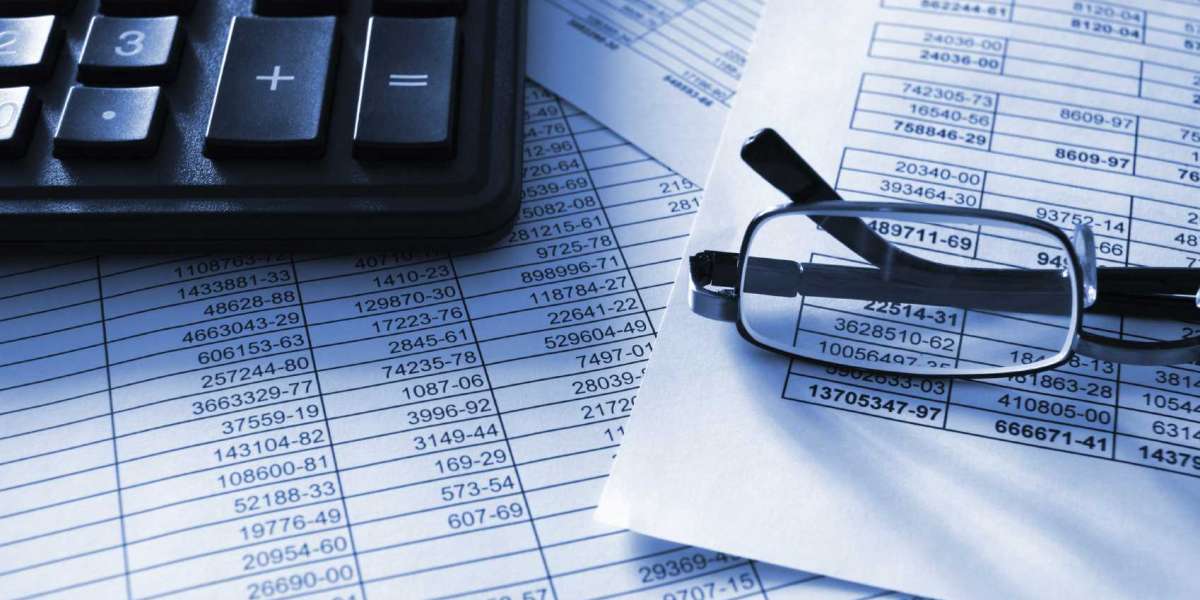Government finance plays a crucial role in the functioning of any modern economy. Through a combination of fiscal policy, taxation, public spending, and monetary policy, governments seek to achieve a range of economic objectives, including promoting growth, reducing inequality, and maintaining price stability. In this blog, we will explore each of these areas in more detail.
Fiscal Policy: Fiscal policy refers to the use of government spending and taxation to influence the economy. During periods of economic growth, governments may increase taxes and reduce spending to slow the economy and prevent inflation. In contrast, during periods of recession or slow growth, governments may reduce taxes and increase spending to stimulate demand and promote economic growth.
One of the most significant fiscal policy tools is the budget, which outlines the government's planned spending and revenue for the year. The budget is used to set government priorities and allocate resources to achieve specific economic objectives. Additionally, governments may use other fiscal tools, such as subsidies or tax credits, to incentivize certain behaviors, such as investment or energy efficiency.
Taxation: Taxes are one of the primary sources of government revenue, and they play a critical role in shaping the economy. By levying taxes on income, consumption, and wealth, governments can redistribute resources and promote social equity. Additionally, taxes can be used to encourage or discourage certain economic behaviors, such as investing or saving.
There are various types of taxes, including income taxes, sales taxes, property taxes, and corporate taxes. Each type of tax has its own economic impact, and governments must consider the potential unintended consequences of each tax when designing their tax policies.
Public Spending: Public spending refers to the money the government spends on goods and services, such as healthcare, education, and infrastructure. Through public spending, governments can directly impact the economy by creating jobs, supporting certain industries, and investing in infrastructure.
Public spending can be funded through a variety of sources, including taxes, borrowing, and printing money. However, governments must be careful to balance their spending with their available resources to avoid inflation or excessive debt.
Monetary Policy: Monetary policy refers to the use of interest rates and other tools by central banks to influence the economy. Central banks can control the supply of money by setting interest rates or engaging in other activities, such as buying or selling government securities.
By raising or lowering interest rates, central banks can influence the cost of borrowing and spending, which can impact economic growth, inflation, and employment. Additionally, central banks can use other tools, such as quantitative easing, to inject money into the economy during times of recession or slow growth.
Conclusion: Government finance is a complex and critical aspect of the modern economy. Through fiscal policy, taxation, public spending, and monetary policy, governments seek to achieve a range of economic objectives, such as promoting growth, reducing inequality, and maintaining price stability. However, governments must be careful to balance their objectives with the potential risks and unintended consequences of their policies. By carefully considering the economic impacts of their decisions, governments can create an environment that promotes economic growth and social equity for all.







